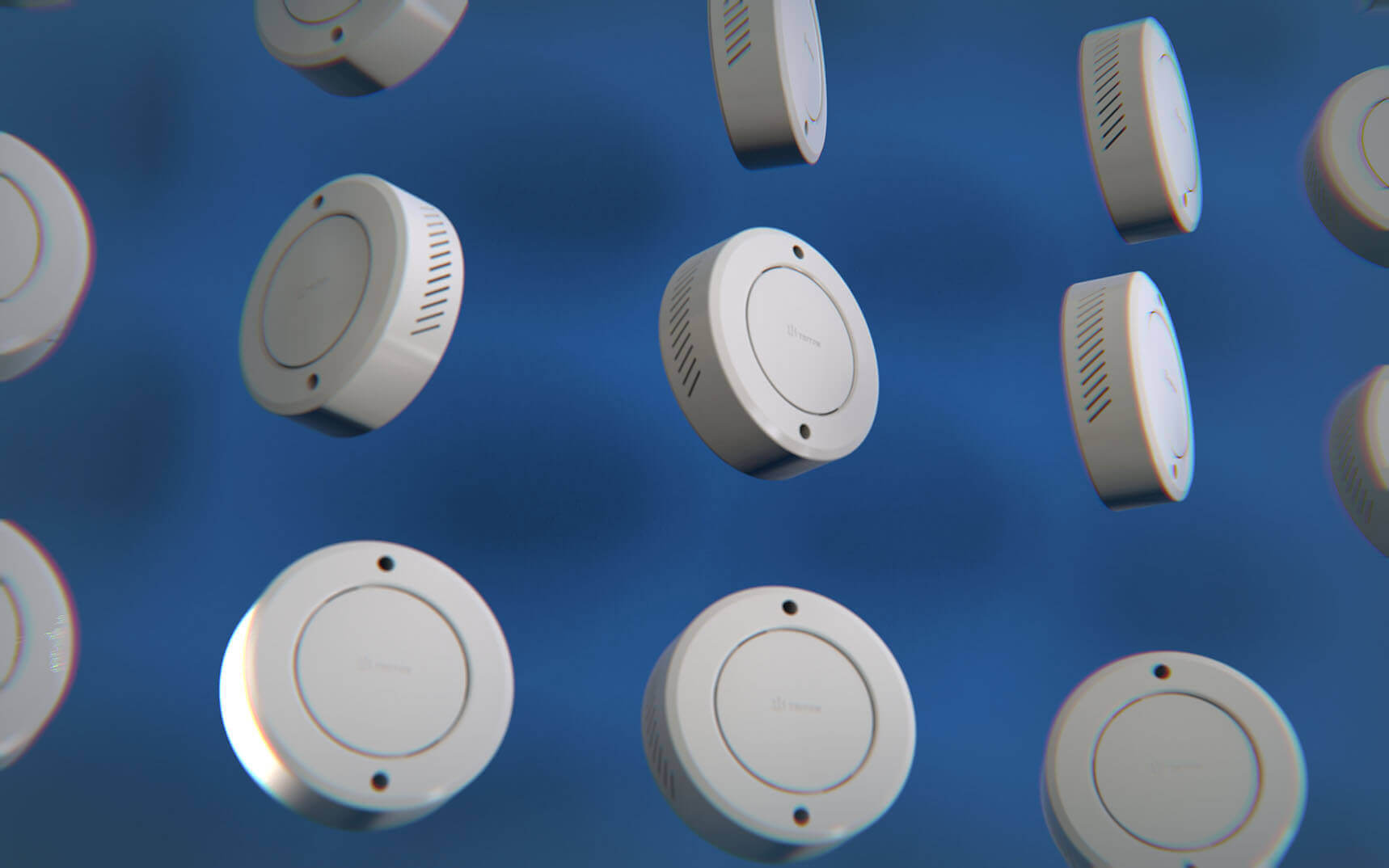Vaping in schools was not a problem just a few years time ago. Students slipped into bathrooms between classes, and flavored nicotine and THC vapors did not leave a trace. Administrators and teachers felt helpless until districts began turning to the latest line of defense which was the vape detector.
Today, schools across the country report major successes that demonstrate how this technology can transform the vaping epidemic.
A Case Study: Reducing the amount of vaping by 83% over 10 weeks
Luling Independent School district faced an extremely serious issue with smoking. Despite warnings from school officials and the implementation of more strict policies, some students still vaped in bathrooms and locker rooms. Smoke alarms aren’t useful in the case of vapor and staff simply cannot be everywhere at once.

The district tested several vape detection devices in March. The results were astonishing. Within five weeks, instances of smoking cigarettes had fallen significantly. At the end of ten weeks the amount of vaping was down by an impressive 83%.
Administrators reported success that went beyond numbers. Teachers reported less disruptions, and students knew that vaping shouldn’t be a secret.
Similar Achievements Similar Success Match Charter Schools
Another excellent example is the Match Charter Schools, which struggled with both high school and middle school vaping. The impact of the smoke detectors they installed in August was evident immediately.
Then, in December, less than four months later, administrators had reported an 80percent decrease in daily vaping incidents. Parents and students praised the school for making concrete efforts to safeguard students, while teachers noticed a marked decrease in bathroom and hallway crowding.
The two districts mentioned above illustrate a trend that is growing: Schools that implement vape detection are reporting tangible improvements to both their behavior and overall safety.
What are the factors that make vape detectors efficient?
The key to these results is in the technology. Modern vape detectors are more than just detect vapour. They also keep track of the quality of the air and levels of occupancy, as well as send staff alerts in real time. That means administrators no longer depend on guesswork or reports based on a post-factual analysis.
More importantly, detectors are designed with security in mind. No cameras. No audio recording. Just accurate, instant data that aids schools in implementing swift actions without violating the rights of the student.
The combination of effectiveness as well as compliance, makes vape detectors the most effective safety tool schools can use today.
Safety nets for vaping and beyond
Many administrators are aware that detectors extend beyond vaping prevention. Modern systems can detect loud noises and even keywords that are linked to emergency situations. They are able to detect vandalism.
In the event that, for example, an entire group starts to linger in a toilet the detector will alert you to an unusually high number of people. If someone shouts distress words such as “help,” staff can be immediately alerted. This way, vape detectors in schools are an element of a greater safety plan of action that takes into account both health hazards and the possibility of violence.
Parents and Boards have a strong support for Vape Detectors
Transparency can be a positive feature which is often ignored. The use of detectors by schools is able to produce reports that demonstrate clearly the trend in vaping. These reports are distributed to school boards, parents and other community members, giving proof that steps are being taken.
Parents are particularly responsive to measurable results. A vape smoke detector isn’t just catching students it’s protecting their health and reinforcing the message that vaping has no place in schools.
The Summary The Takeaway: A Tested Path to Success
For years, e-cigarettes felt as if it was a battle invisible to schools could not win. Research from across the nation show that this is not the case. Administrators can detect dangers and stop risky behaviors by using a real-time vape detector. This creates the safety of students.
The vaping crisis isn’t over yet but the tide is changing. Schools that invest in vape detection technologies aren’t just reacting to an issue; they’re actively paving the way towards an improved future.
Conclusion
From Texas From Texas to Massachusetts, schools are proving that technology works. Modern vape detectors do much more than simply sounding the alarm. They change behavior, build trust and provide a long-lasting solution to today’s major health concerns for students. Vape detectors at schools are not a flimsy trial for any district who cares regarding student safety. They’re the norm now.